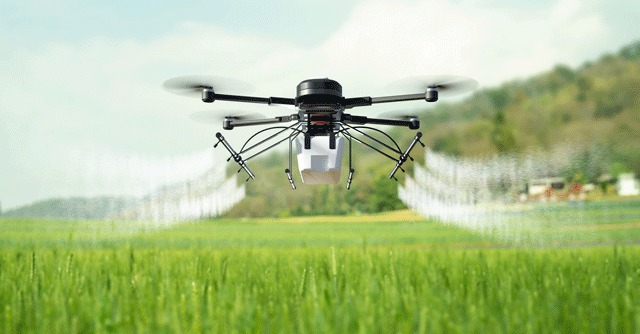The integration of Artificial Intelligence (AI) with drone technology has given rise to a new era of aerial innovation. AI-powered drones are not only transforming how we capture visuals from above ai in livestock management, but they are also reshaping industries from agriculture and security to logistics and disaster management.
What Are AI-Powered Drones?
AI-powered drones are unmanned aerial vehicles (UAVs) equipped with machine learning algorithms and smart sensors that enable them to make decisions in real time. Unlike traditional drones, which rely on remote control or pre-programmed routes, AI-enabled drones can interpret data from their environment, adapt to changing conditions, and execute complex tasks autonomously.
Key Features and Capabilities
-
Autonomous Navigation
Using computer vision and GPS, AI drones can map environments, avoid obstacles, and fly precise routes without human input. -
Object Recognition and Tracking
Equipped with deep learning models, these drones can identify and follow people, vehicles, or specific objects, making them invaluable for surveillance, search and rescue, and wildlife monitoring. -
Data Analysis in Real Time
AI allows drones to process visual, thermal, and multispectral data on the fly, providing insights for applications like crop health monitoring or infrastructure inspection. -
Swarm Intelligence
Advanced AI enables multiple drones to coordinate and work together as a swarm, improving efficiency in large-scale operations like firefighting or area mapping.
Applications Across Industries
-
Agriculture
AI drones monitor crop health, detect pests, and optimize irrigation through precise data collection and analysis, contributing to more sustainable farming. -
Public Safety and Security
Law enforcement uses AI drones for crowd monitoring, border patrol, and incident response, while disaster teams deploy them to assess damage and locate survivors. -
Delivery and Logistics
Companies like Amazon and UPS are experimenting with AI-powered delivery drones capable of navigating complex urban environments to deliver packages quickly and safely. -
Construction and Infrastructure
These drones inspect bridges, roads, and buildings, identifying structural weaknesses or faults without risking human lives.
Challenges and Considerations
Despite their promise, AI-powered drones face challenges such as privacy concerns, airspace regulation, and the risk of misuse. Battery limitations, weather conditions, and the need for robust AI models in unpredictable environments also present technical hurdles.
The Future of AI-Powered Drones
The future points toward greater autonomy, improved AI algorithms, and wider adoption. Integration with 5G, edge computing, and advancements in lightweight materials will further enhance drone capabilities. As AI continues to evolve, drones will become more intelligent, reliable, and essential across an expanding range of fields.
Conclusion
AI-powered drones represent a fusion of cutting-edge technologies that are taking us to new heights—literally and figuratively. From boosting productivity to saving lives, their potential is vast, and their impact is only beginning to be felt.
